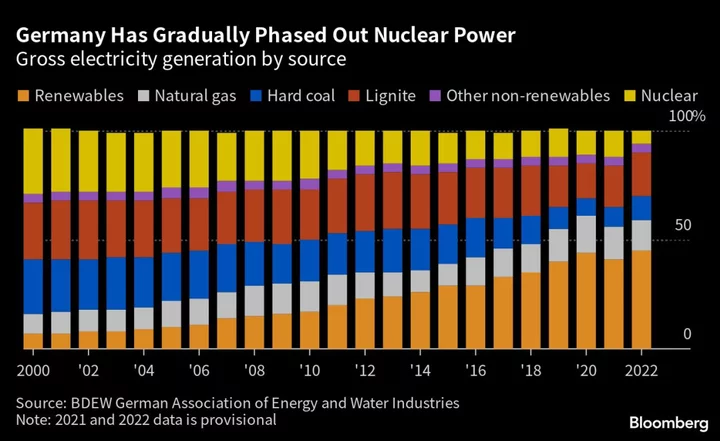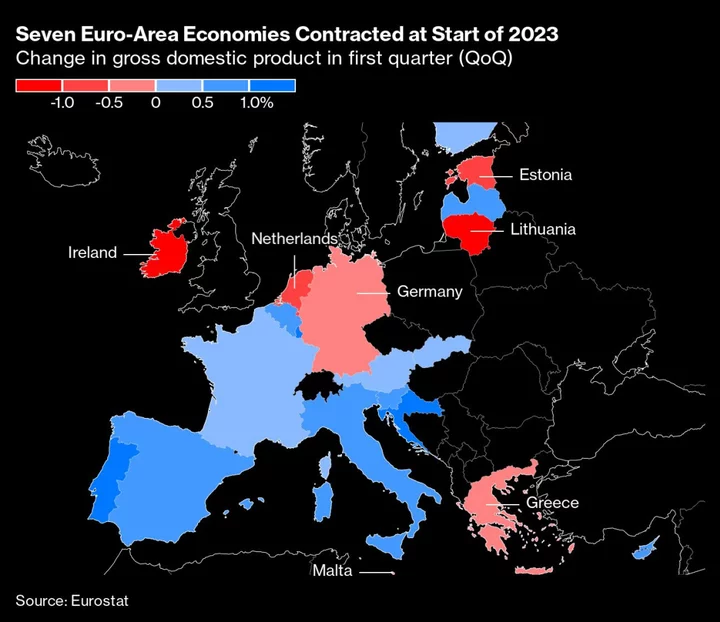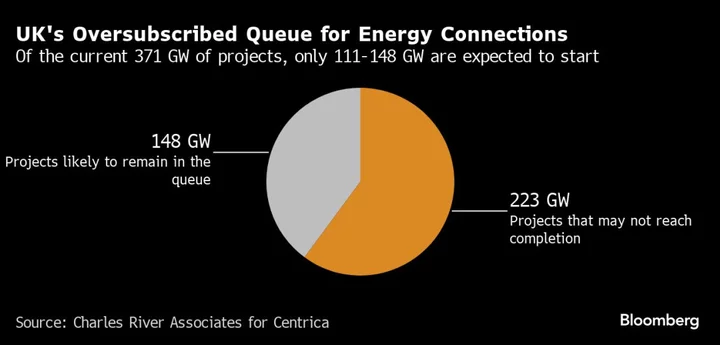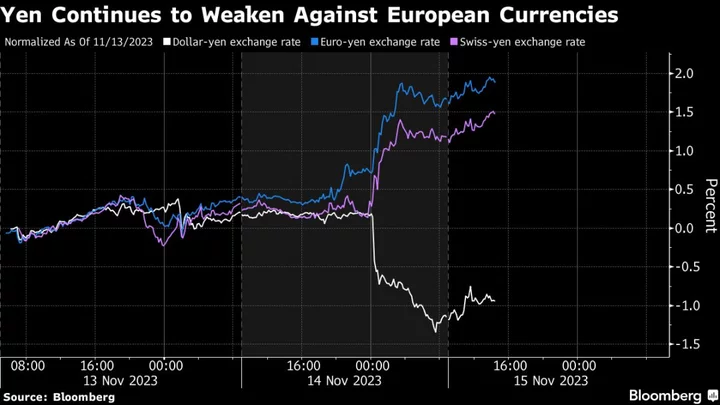Uber Technologies Inc. has been added to the S&P 500 Index, after reporting two straight quarters of operating profits that have fueled a big rally in the ride-sharing company this year. Jabil Inc. and Builders FirstSource Inc. are set to join too.
San Francisco-based Uber and the latter two companies will replace Sealed Air Corp., Alaska Air Group Inc. and SolarEdge Technologies Inc. in the S&P 500, respectively. The new additions will join the index prior to the market opening on Dec. 18, S&P Dow Jones Indices said in a press release late Friday.
Shares of Uber were up 7.3% in after-hours trading. They’ve gained 132% this year. Shares of manufacturing services company Jabil were up by 4.6% and supplier and manufacturer Builders FirstSource saw post-market gains of close to 7%.
Wall Street analysts had predicted Uber would be added to the index after the company’s third quarter results showed a second consecutive profitable quarter — a financial viability requirement for inclusion in the benchmark index. Prior to its inclusion, Uber was one of the largest US companies eligible to be added to the S&P 500 with a market capitalization of over $118 billion.
Uber’s rideshare business continued to expand faster than analysts expected in the third quarter, thanks to improvements in driver supply and trip growth from back-to-school rides and the return of corporate travel. Uber also included new offerings in the past quarter such as partnering with Alphabet Inc.’s Waymo to provide ride-hailing of autonomous vehicles on its app, starting in Phoenix. Gross bookings in the mobility, or rideshare, business jumped 31%.
Uber’s inclusion in the world’s most-watched index will embolden Chief Executive Officer Dara Khosrowshahi’s mission to focus on profitability, said Mandeep Singh, technology analyst at Bloomberg Intelligence.
“It also establishes Uber’s category leadership position among the gig economy peers,” Singh said, adding that scale is “the most important thing” for any marketplace and Uber has proven it has that both on the demand and supply sides.
To qualify for the S&P 500, companies must be highly liquid US firms with a market capitalization of at least $14.5 billion and must meet profitability, liquidity and share-float standards. As of October, thresholds for the S&P MidCap 400 Index and S&P SmallCap 600 Index are $5.2 billion to $14.5 billion and $850 million to $5.2 billion, respectively.
Additions and removals to the S&P 500 often but not always happen when the index is rebalanced each quarter. They can also occur at other points of the year, like after mergers and acquisitions. S&P Dow Jones Indices makes these adjustments to account for shifts in market capitalizations and, on occasion, to adjust for market gyrations.
Inclusion in the benchmark is becoming more important for companies in a world increasingly dominated by passive investment funds. Furthermore, a spot in the coveted S&P 500 boosts a firm’s investor profile and adds to trading liquidity — factors that can potentially propel a company’s stock price higher.
--With assistance from Emily Graffeo, Natalie Lung and Elena Popina.









